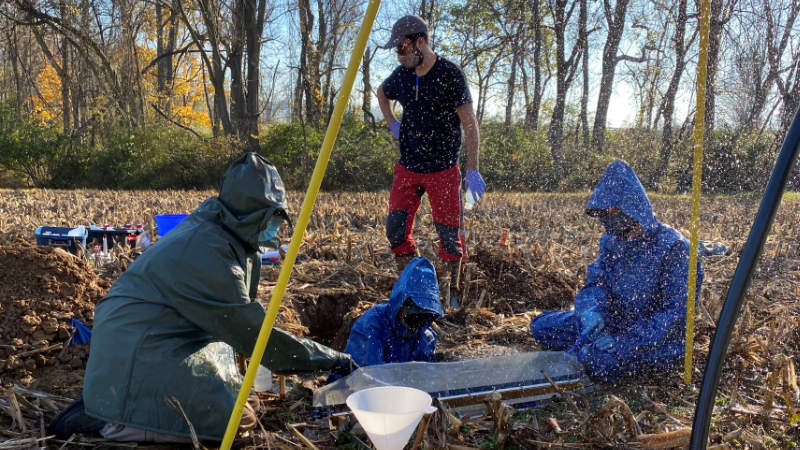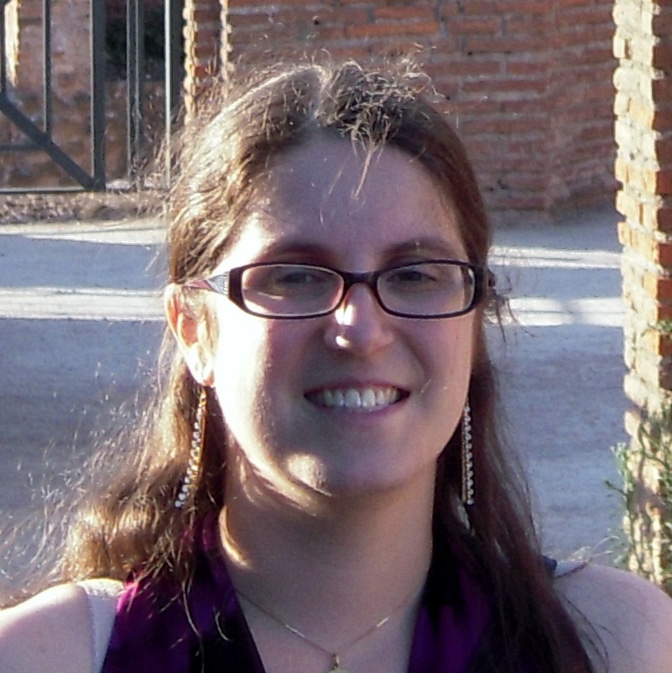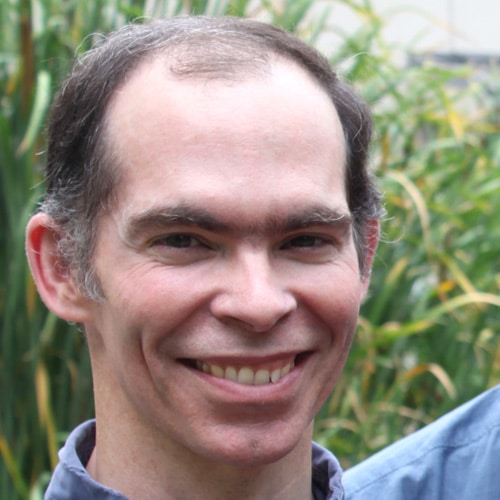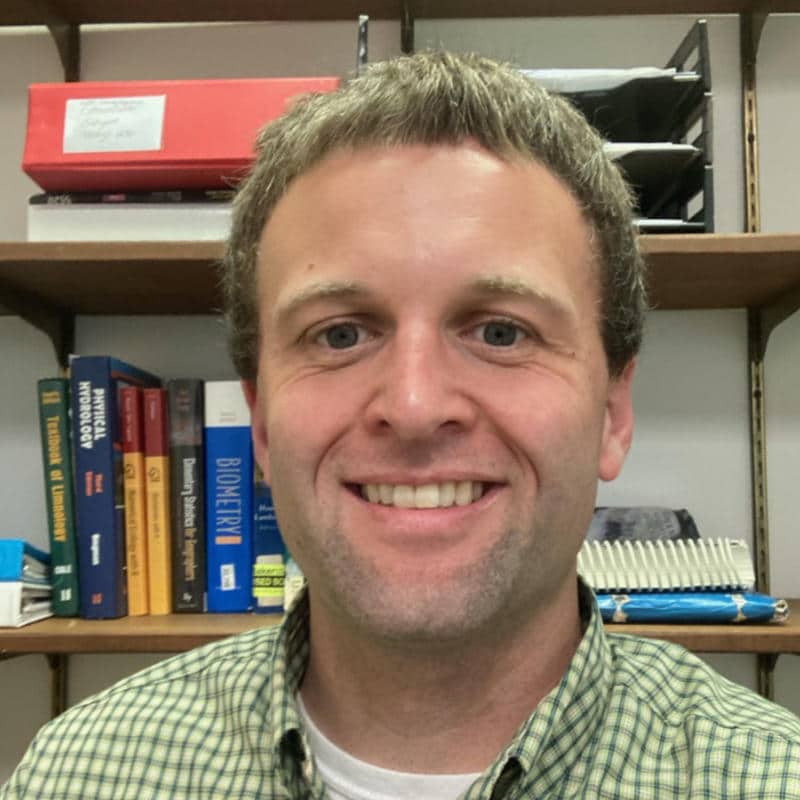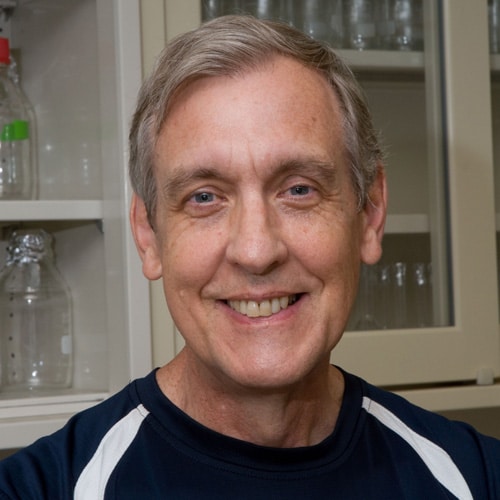The main focus of the Watershed Biogeochemistry Group is to investigate major elemental cycles in streams and their watersheds, particularly carbon, nitrogen, and phosphorus pools and fluxes. We are especially interested in quantifying and characterizing the rich array of organic molecules that exist in stream ecosystems, and serve as the main food source to microorganisms and consequently to all biological communities. Throughout the watershed, water is found in many places beyond stream channels, including aquifers, soils, and sediments. Our biogeochemistry laboratory has the capabilities to perform a wide range of chemistry analyses in water samples from all these places.
Watershed Biogeochemistry Staff
Watershed Biogeochemistry News

Metabolism and soil water viscosity control diel patterns of nitrate and DOC in a low order temperate stream
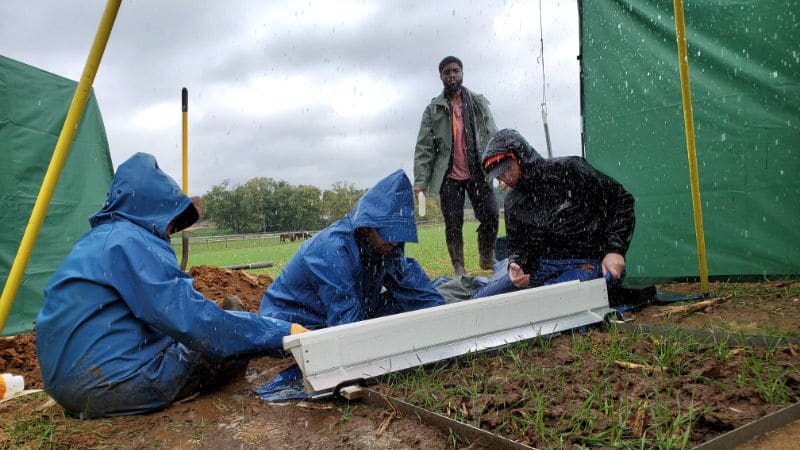
After the Harvest, the Rain Must Come

Spatial variability in streambed microbial community structure across two watersheds

Partitioning inorganic carbon fluxes from paired O2 – CO2 gas measurements in a neotropical headwater stream, Costa Rica
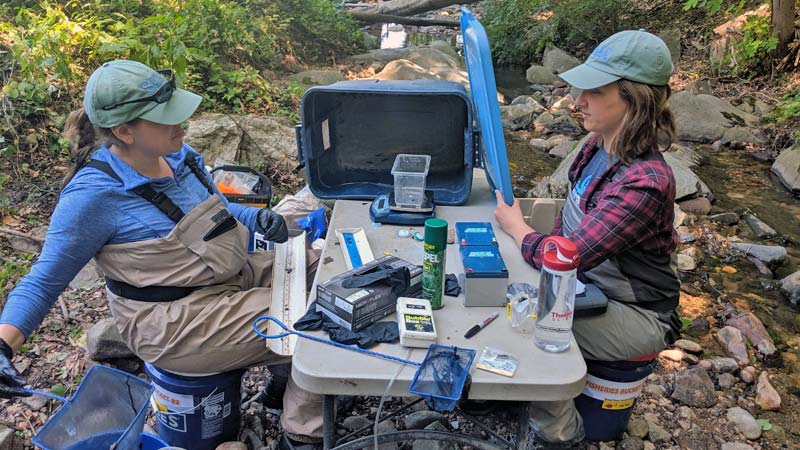
National Park Service Taps Stroud Center Team to Review Water Quality Data
